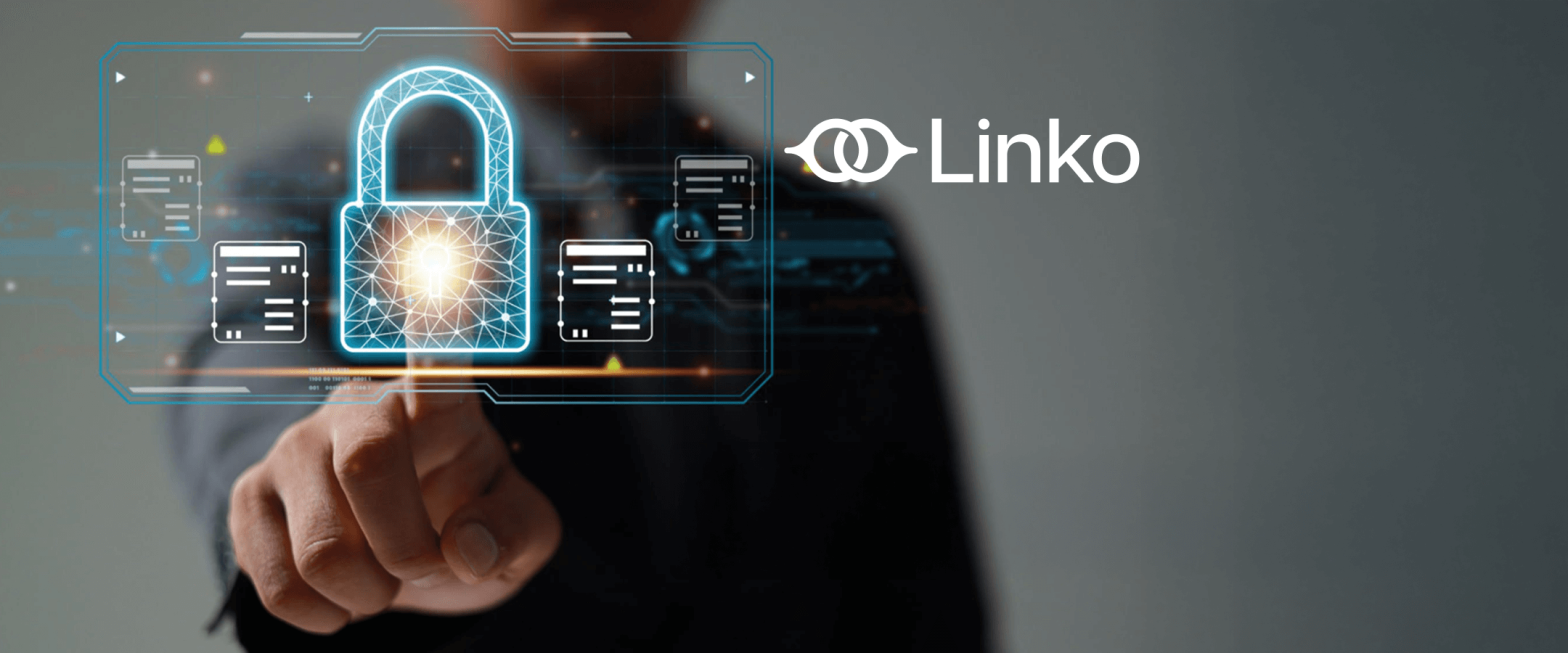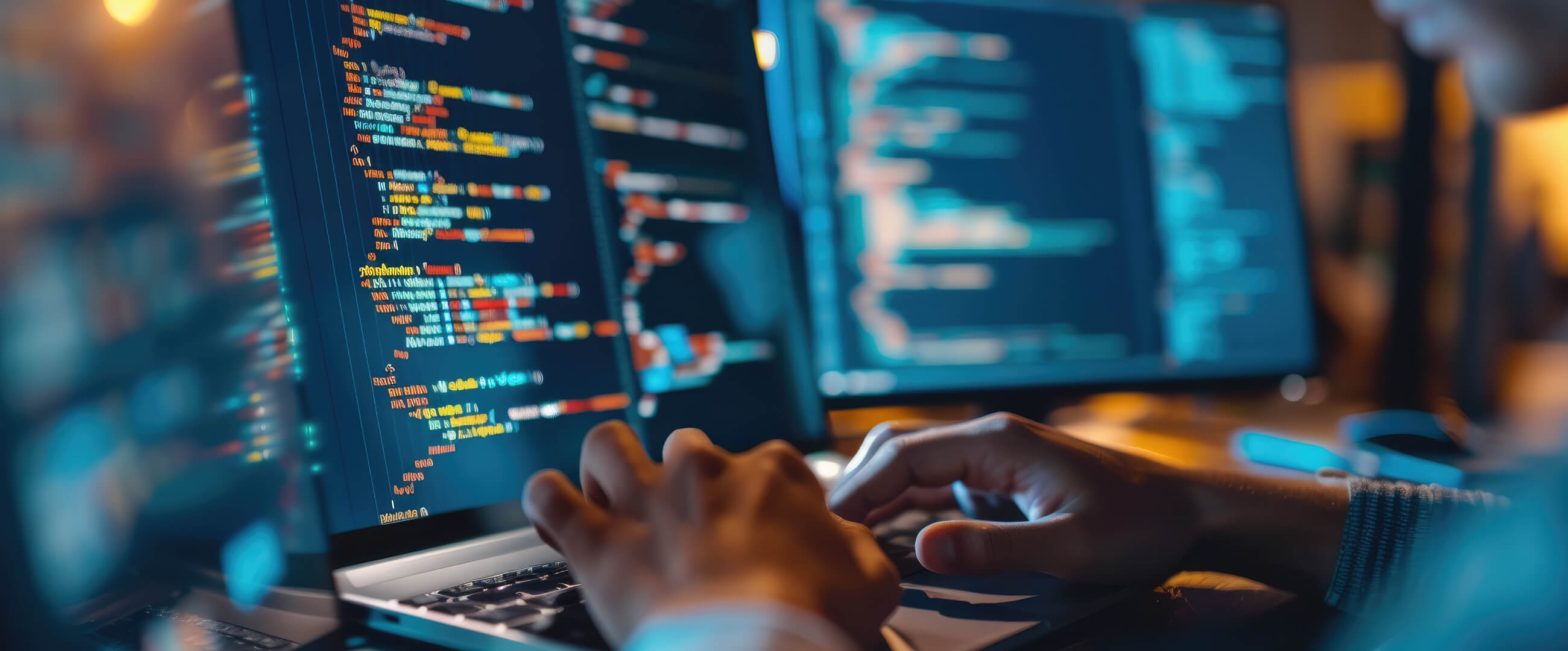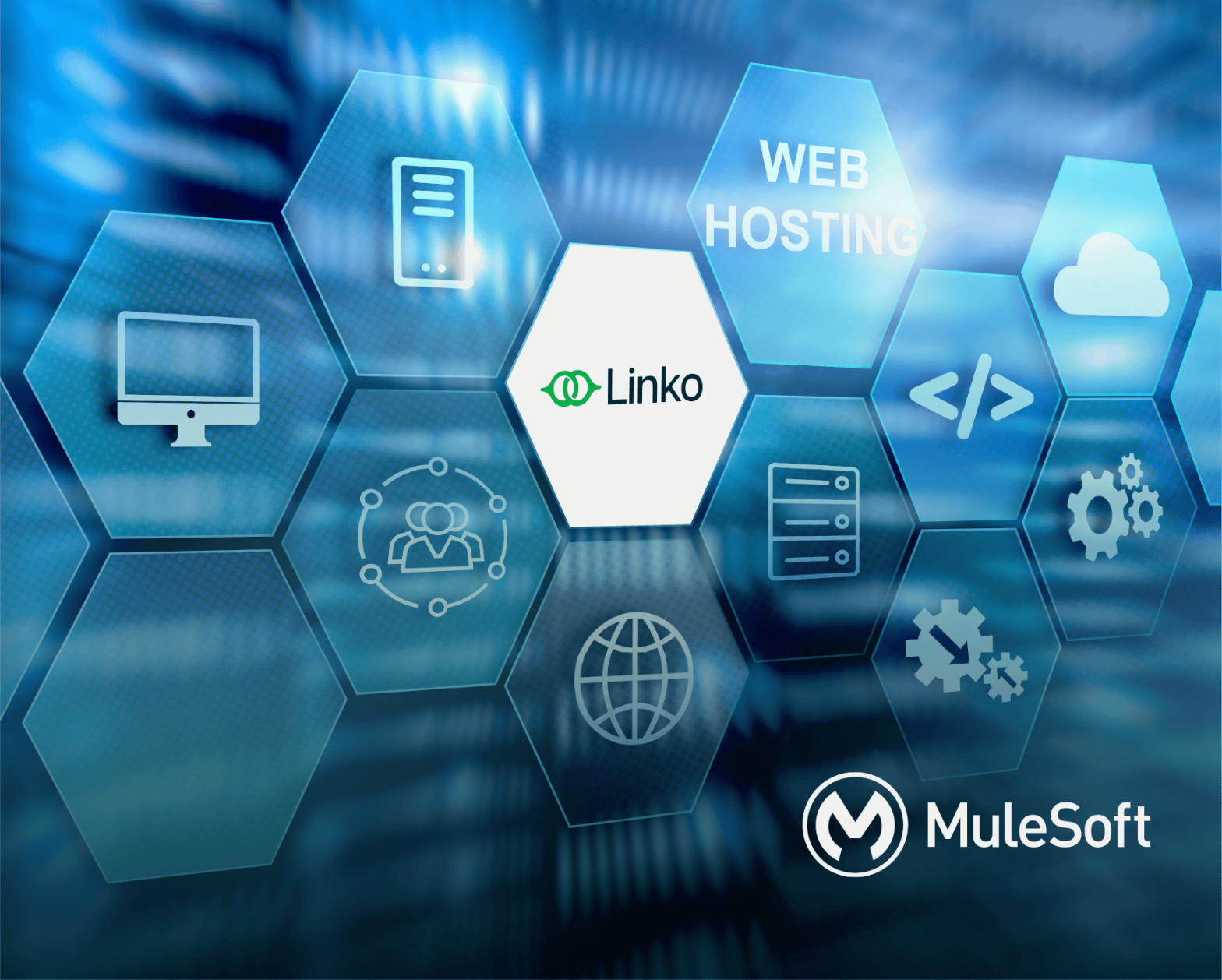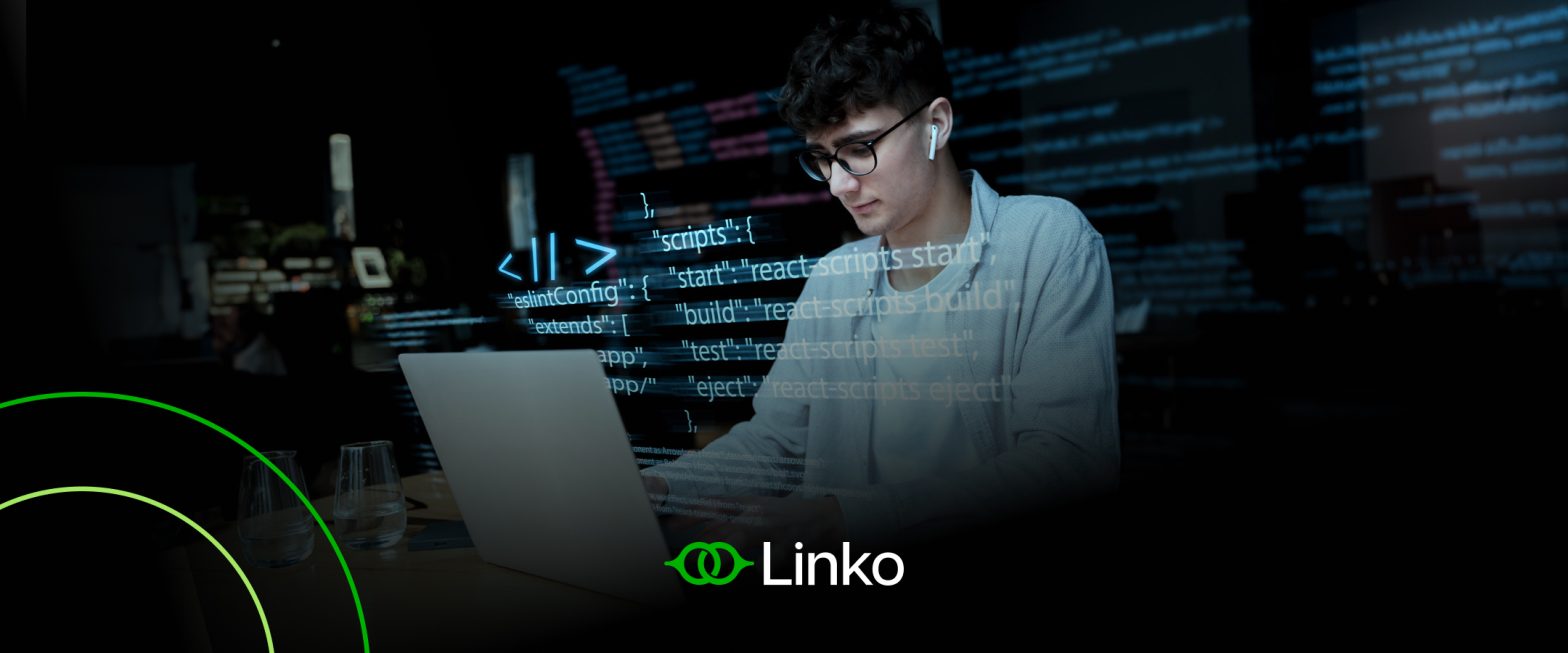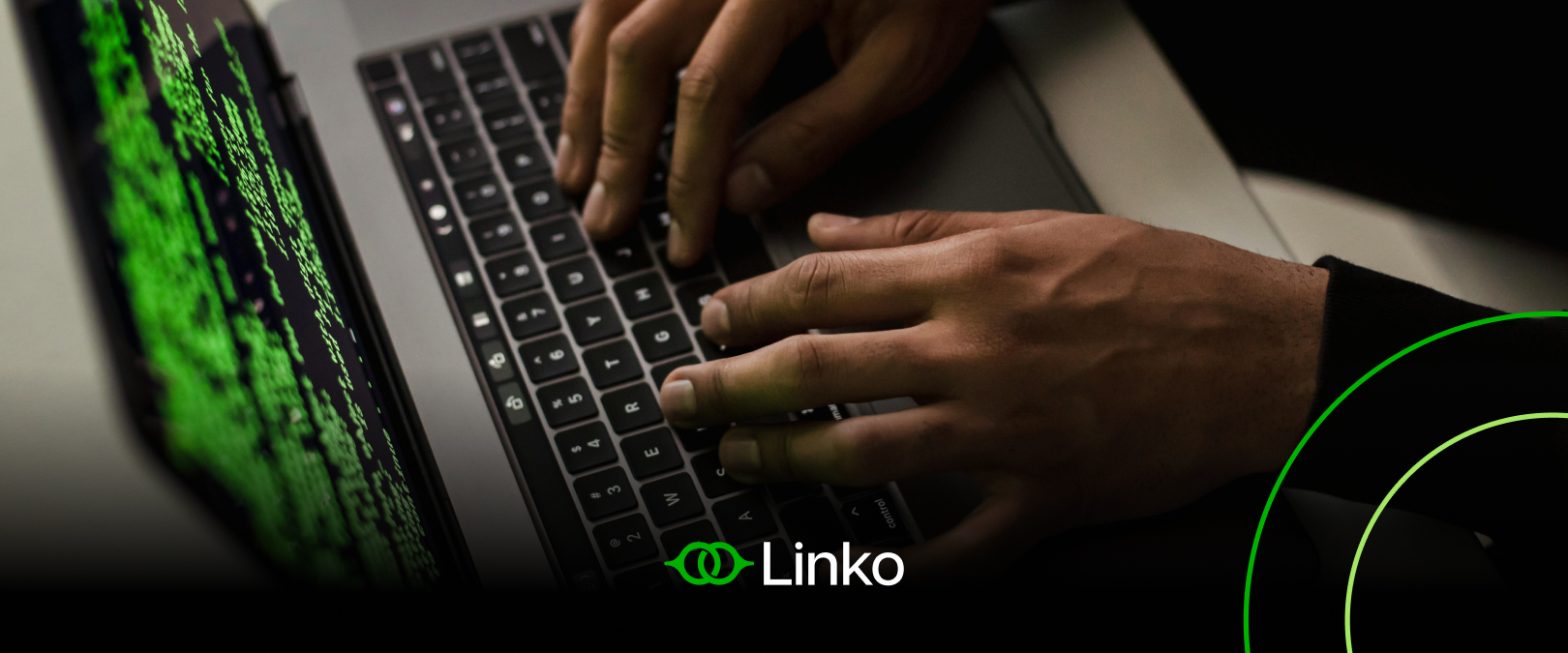The incursion of artificial intelligence (AI) into cybersecurity has triggered an unprecedented shift. According to the Thales 2025 Data Threat Report, nearly 69% of organizations identify the accelerated development of generative AI as the main threat to their digital security. This data underscores a paradoxical landscape, where the very technology that promises enhanced protection is also creating new attack vectors.
As Gerardo Chávez, Head of Cybersecurity at Linko, explains:
“Artificial intelligence is neither inherently good nor bad; the real challenge lies in designing governance and control frameworks that allow us to harness its potential without compromising the integrity and resilience of our digital infrastructure.”
Furthermore, a recent report from Utimaco reveals that 78% of consumers express concern over the security of their personal data during electronic payments—underscoring the urgent need for robust, AI-integrated solutions to protect both critical infrastructures and everyday transactions.
AI Cybersecurity: Strategic Opportunities for Defense
Before examining the risks, it’s essential to highlight how AI—when properly implemented—can serve as a cornerstone of a modern cybersecurity strategy. AI-based architectures enable systems to adapt dynamically to emerging threats, operate at scales far beyond human capacity, and automate critical defense processes. Leveraging these capabilities strategically allows organizations not only to strengthen their defenses but also to anticipate and neutralize threats before they materialize.
a) Proactive Detection and Real-Time Analysis
Machine learning models can analyze massive volumes of logs and network traffic to detect attack patterns and anomalies that would go unnoticed by traditional systems.
b) Automation and Operational Efficiency
AI-driven tools can automate immediate incident responses, allowing security teams to focus on more sophisticated threats.
c) Adaptive Security and Resilience
AI systems continuously learn and evolve, adjusting to new strains of malware and attack techniques. Platforms like Utimaco further enhance digital fortification by integrating AI with post-quantum cryptography and confidential computing.
AI Cybersecurity Risks and Emerging Threats
Simultaneously, cybercriminals are exploiting AI to scale their attacks and increase sophistication:
a) High-Fidelity Phishing
AI-generated text enables hyper-personalized phishing campaigns that mimic human tone and style, making scams harder to detect and more convincing.
b) Polymorphic Malware and Evasion
AI facilitates the creation of malware that constantly mutates, evading traditional signature-based detection tools.
c) Data Poisoning and Model Compromise
AI models can be corrupted through false or malicious data inputs, leading to flawed outputs or dangerous behavior.
d) Quantum Threats and Integrity Risks
Beyond phishing and malware, 64% of organizations cite integrity and trust in AI systems as growing concerns. Additionally, threats such as “harvest now, decrypt later”—where encrypted data is stolen now and decrypted in the future using quantum computing—are becoming increasingly relevant.
Utimaco Insights on AI in Cybersecurity
Utimaco, a global leader in Hardware Security Modules (HSMs), cryptography, and compliance solutions with over 40 years of experience, highlights the following insights:
- Research Priorities: Post-quantum cryptography, confidential computing, and AI are the top areas driving transformation in cybersecurity.
- AI’s Dual Role in Cryptography: AI can be used both to undermine cryptographic systems and to enhance their management and monitoring.
- Crypto-Agile Technologies: Utimaco promotes HSMs that support post-quantum cryptography and confidential computing, enabling AI integration to secure payment infrastructures, 5G networks, and government systems.
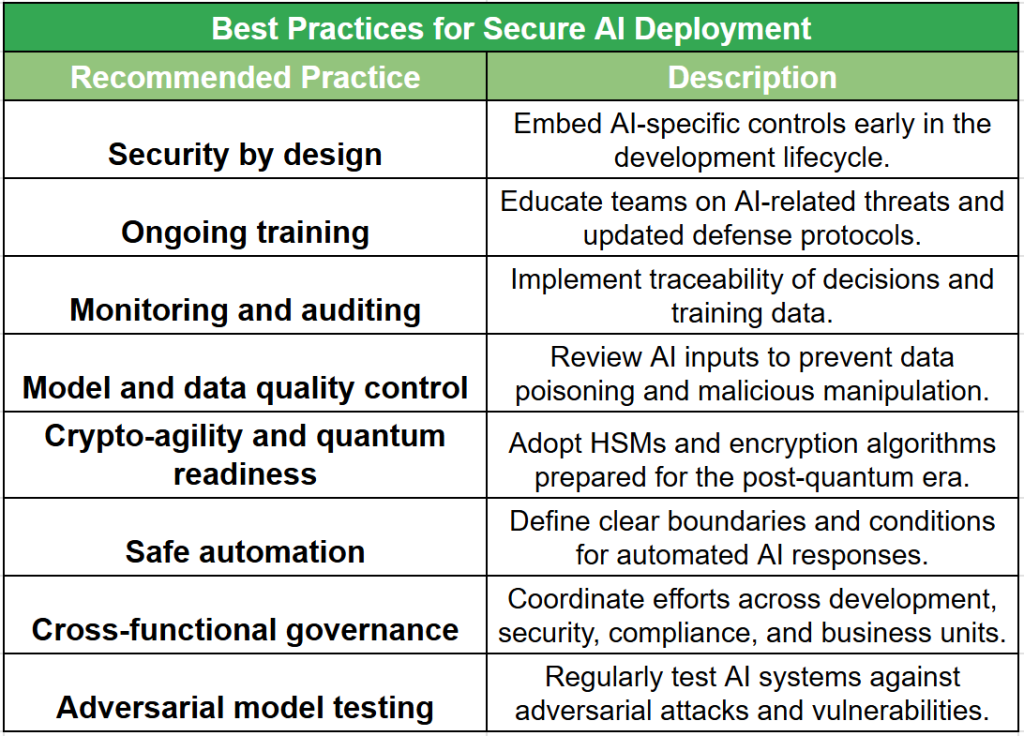
Artificial intelligence represents a strategic opportunity to transform cybersecurity—offering advanced threat detection, intelligent automation, and adaptive resilience. However, it also brings new risks: highly personalized attacks, evolving malware, and quantum implications that demand proactive preparation.
The key lies in a balanced approach: adopting AI with comprehensive controls—cryptographic, governance-based, and educational—to turn threats into strengths.
Discover how to prevent AI-driven threats before they happen: schedule a free assessment with our experts at Linko.
At Linko, we help you harness the power of AI in cybersecurity with a balanced approach between innovation and holistic protection. Schedule your free consultation today and take your cybersecurity to the next level.
